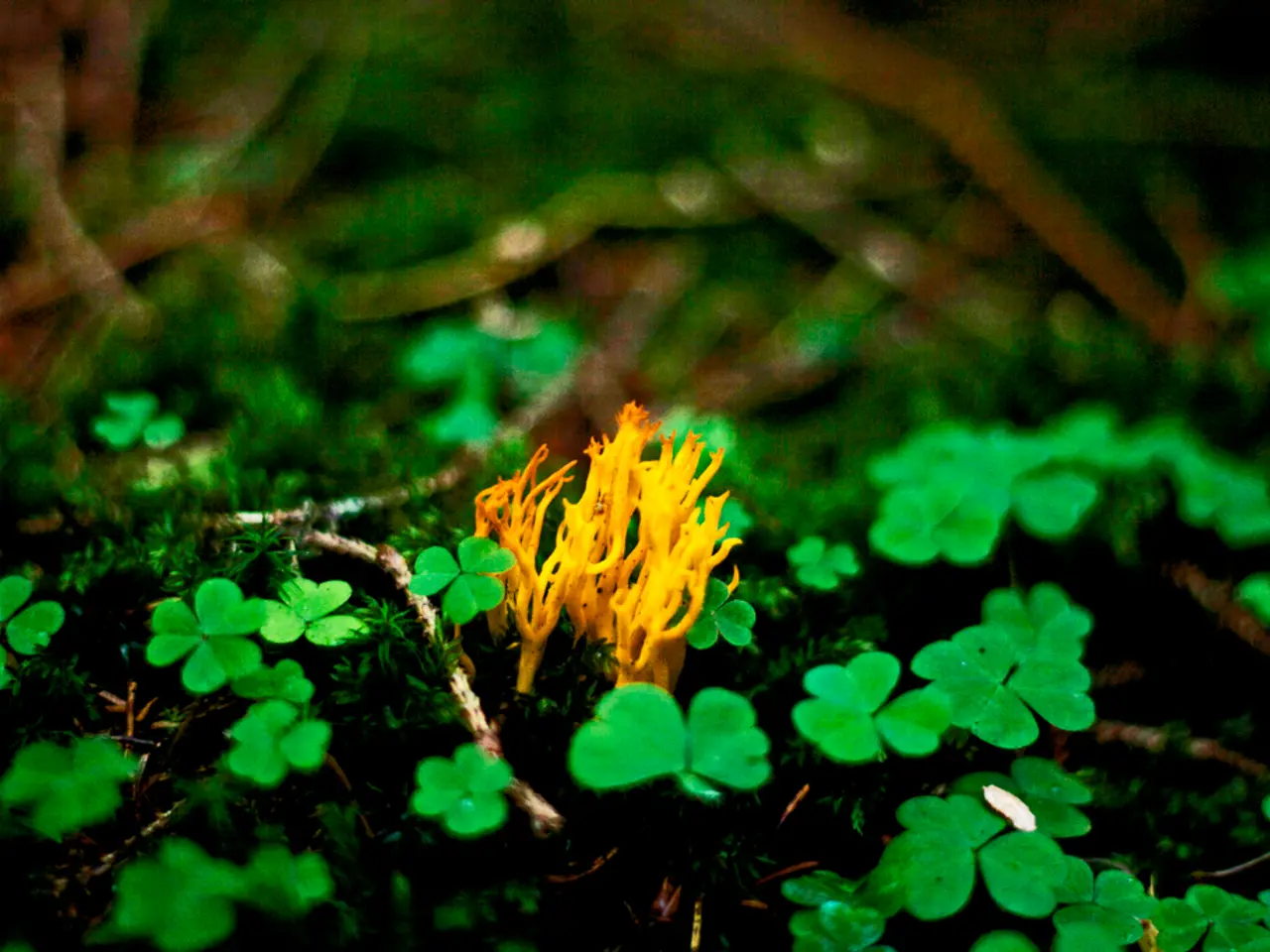Pre-Planting Preparation: Assessing Soil Temperature Before Sowing
In the world of gardening, understanding and managing soil temperature is crucial for successful plant growth. The ideal temperature for germination may not be the same as the ideal temperature for subsequent plant growth, and different plants have their own specific temperature requirements.
Soil temperature plays a vital role in seed germination, seedling development, nutrient uptake, root development, and nutrient availability for plants. For instance, warm-season crops like okra, cantaloupe, and sweet potatoes require higher end temperatures, while cool-season crops such as lettuce and peas can germinate at lower temperatures, even just above freezing.
One way to warm up soil, particularly in cooler climates or early in the season, is by using black plastic mulch or row covers to absorb sunlight and increase soil temperature. Planting in sunny locations with good exposure can also help. It's important to avoid overworking the soil to preserve its natural structure, as compacted or waterlogged soil stays colder longer.
In hot weather, or to protect roots from heat stress, organic mulch like straw or grass clippings can be applied to insulate the soil, moderate temperature fluctuations, and retain moisture. Deep, layered mulch (compost topped with wood chips) can be used early or late in the day to trap coolness without heating the soil. Mulch should be kept a few inches away from plant stems to avoid rot and pests. Providing shade over the soil with plants, structures, or temporary covers can also help stabilise temperature and increase plant health.
Regularly measuring soil temperature with a soil thermometer is essential to monitor and respond to fluctuations appropriately. In extreme heat, planting intensively to create a foliage canopy can shade and keep the soil cooler. Deep watering encourages roots to grow deeper into cooler soil layers, supporting plant resilience under thermal stress.
By employing these strategies, gardeners and farmers can adjust soil temperature to meet the optimal range for plant growth, thereby improving germination, root development, and crop yield. It's also worth noting that the germination process for cool-season crops is slower at lower temperatures, and seeds are more susceptible to rot or other problems. Starting warm-season plants inside and transplanting them outside when the soil is warmer is a strategy to regulate soil temperature.
References:
[1] University of California Agriculture and Natural Resources. (2021). Soil Temperature and Plant Growth. Retrieved from https://appliedresearch.ucanr.edu/blogs/blog/postdetail.cfm?postnum=30474
[2] Iowa State University Extension and Outreach. (2021). Soil Temperature and Plant Growth. Retrieved from https://www.extension.iastate.edu/agdm/crops/html/a1-02.html
[3] Purdue University Extension. (2021). Soil Temperature and Plant Growth. Retrieved from https://extension.purdue.edu/extmedia/BP/BP-472-W.pdf
[4] Cornell University Cooperative Extension. (2021). Soil Temperature and Plant Growth. Retrieved from https://cornellvegetables.cals.cornell.edu/factsheets/soil-temperature-and-plant-growth/
[5] Michigan State University Extension. (2021). Soil Temperature and Plant Growth. Retrieved from https://msue.anr.msu.edu/news/soil_temperature_and_plant_growth_1
To optimize the lifecycle of plants, home-and-garden enthusiasts should consider the impact of soil temperature on various stages, such as seed germination and root development. Adjusting this temperature can be achieved through methods like using black plastic mulch or sunny locations during cooler climates and seasons, or applying organic mulch like straw in hot weather to insulate the soil and retain moisture.






